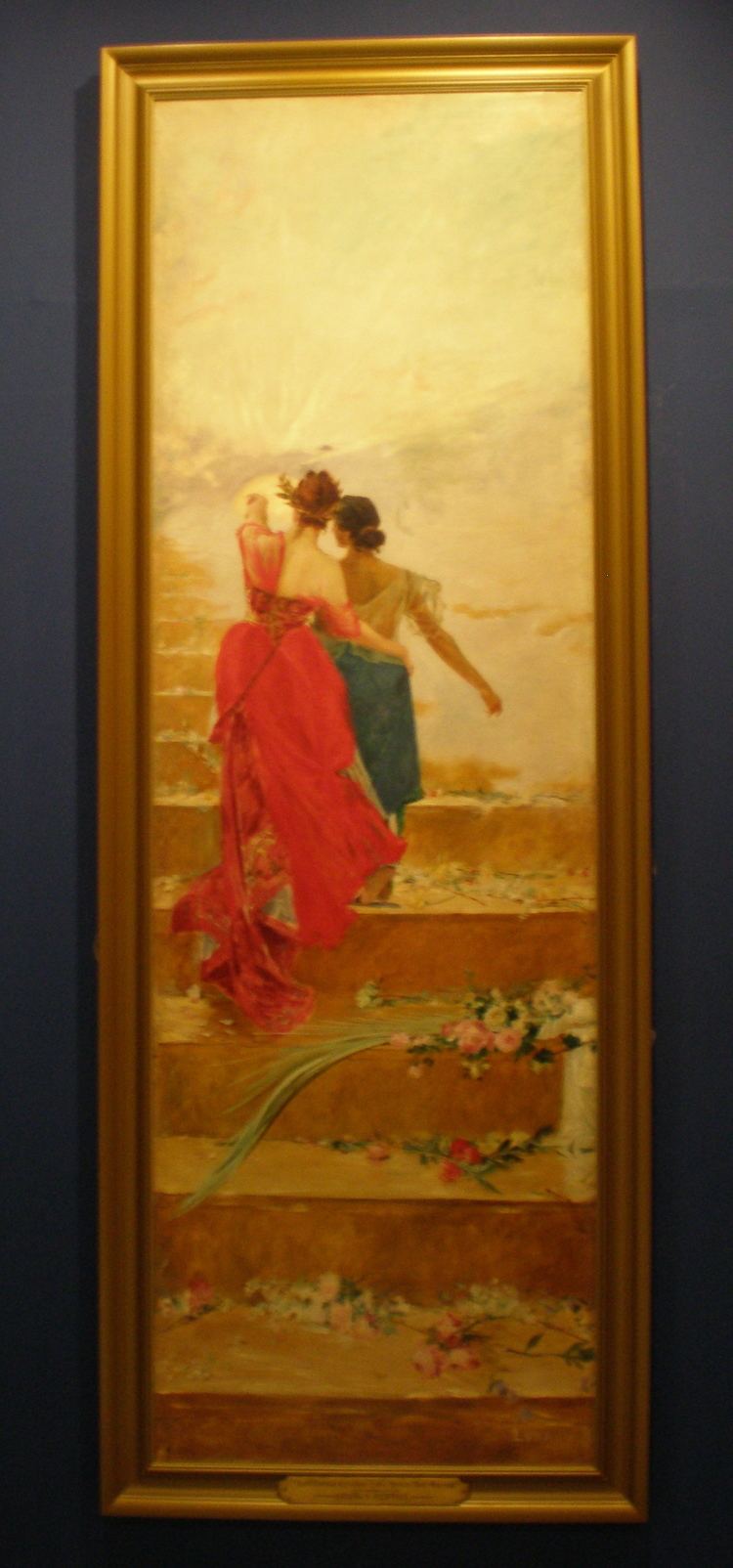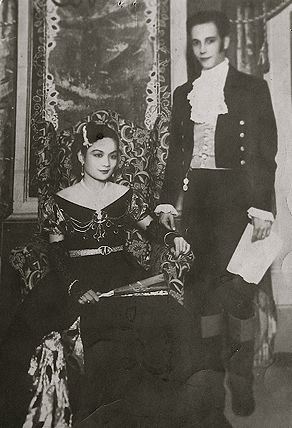Location Lopez Memorial Museum Created 1886 Support Canvas | Media Oil paint | |
 | ||
Similar La Bulaqueña, The Parisian Life (painting), Tampuhan (painting) Dimensions 229.5 cm × 79.5 cm (90.4 in × 31.3 in) Year 1884 | ||
España y Filipinas, meaning “Spain and the Philippines” in translation, is an 1886 oil on wood by Filipino painter, ilustrado, propagandist, and paladin, Juan Luna. It is an allegorical depiction of two women together, one a representation of Spain and the other of the Philippines. The painting, also known as España Guiando a Filipinas ("Spain Leading the Philippines"), is regarded as one of the “enduring pieces of legacy” that the Filipinos inherited from Luna. The painting is a centerpiece art at the Luna Hall of the Lopez Memorial Museum.
Contents
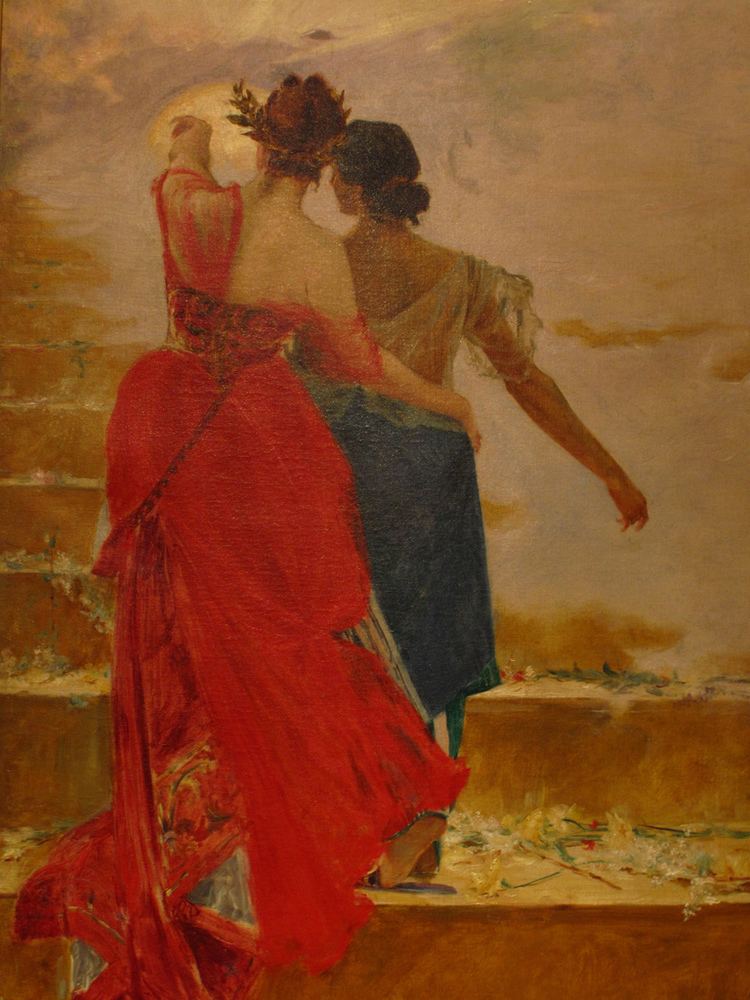
Himno nacional de espa a y filipinas
Description

The Spaniard woman or “Mother Fatherland" was drawn with “wide strong shoulders” while the Filipino woman was illustrated as “graceful” and brown-skinned. Both were wearing female dresses known as traje de mestiza or "dress of the mestiza". The dressing of the women in traje de mestizas shows the cultural character, class consciousness, and social transformations resulting from 19th century Hispanization. Both women have their backs to the viewer, heading towards a far-away horizon, while embarking on the steps of a staircase. Side by side in the painting, Spain was shown to be leading the Philippines along the path to progress and development.
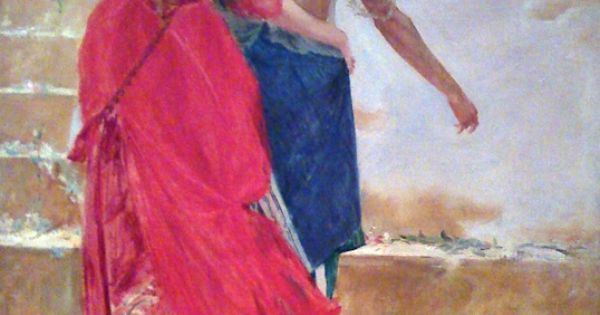
The taller and maternal white figure of a woman is Spain, a representation of the "benevolent image of colonialism", is pointing ahead and guiding the "humbly dressed" Filipina to the "right way". The painting appeared in the book entitled El legado de España a Filipinas or "the Spanish legacy in the Philippines" with the accompanying caption stating: España guiando a Filipinas por la senda del progreso (“Spain leads the Philippines on their way to progress”). It is further described as a painting that once linked the colonized with its former colonists, a "bucolic allegory" of the master and the servant "walking hand in hand".
Historical significance
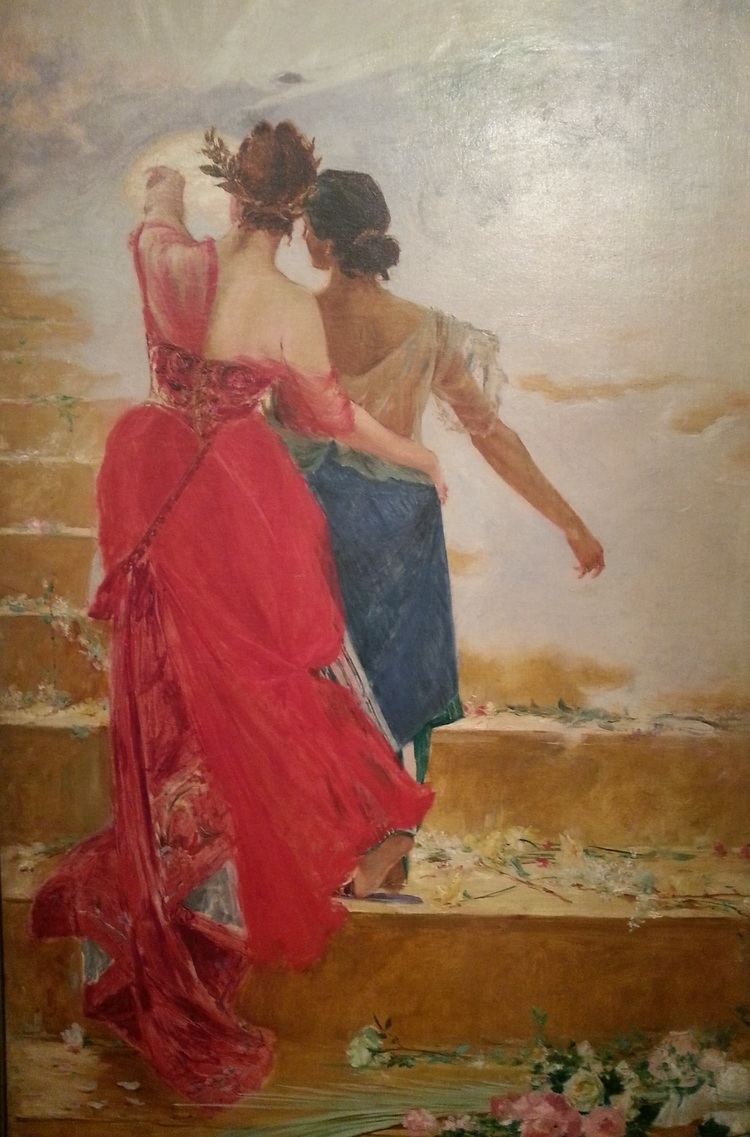
This oil on canvas masterpiece, while depicting a strong connection between Spain and the Philippines through female representations, serves as a piece of propaganda art. It encapsulates the aspirations of Filipino propagandists in the 19th century, which included assimilation with Spain, reform, equality, modernization, and economic progress. Contrary to Jose Rizal’s estimation that Luna was a “Hispanophile”, or a person who could never go against Spain, the España y Filipinas portrait is a “less combative posture” of Luna for showing to Spain and the viewers of the painting the needs of the Philippines at the time.

